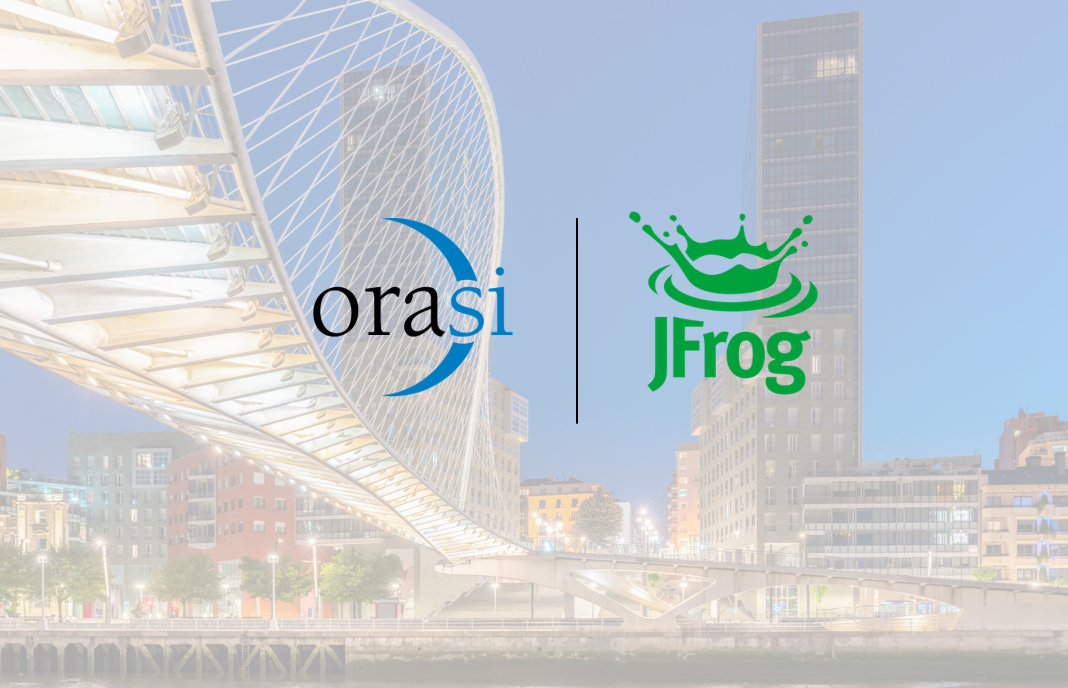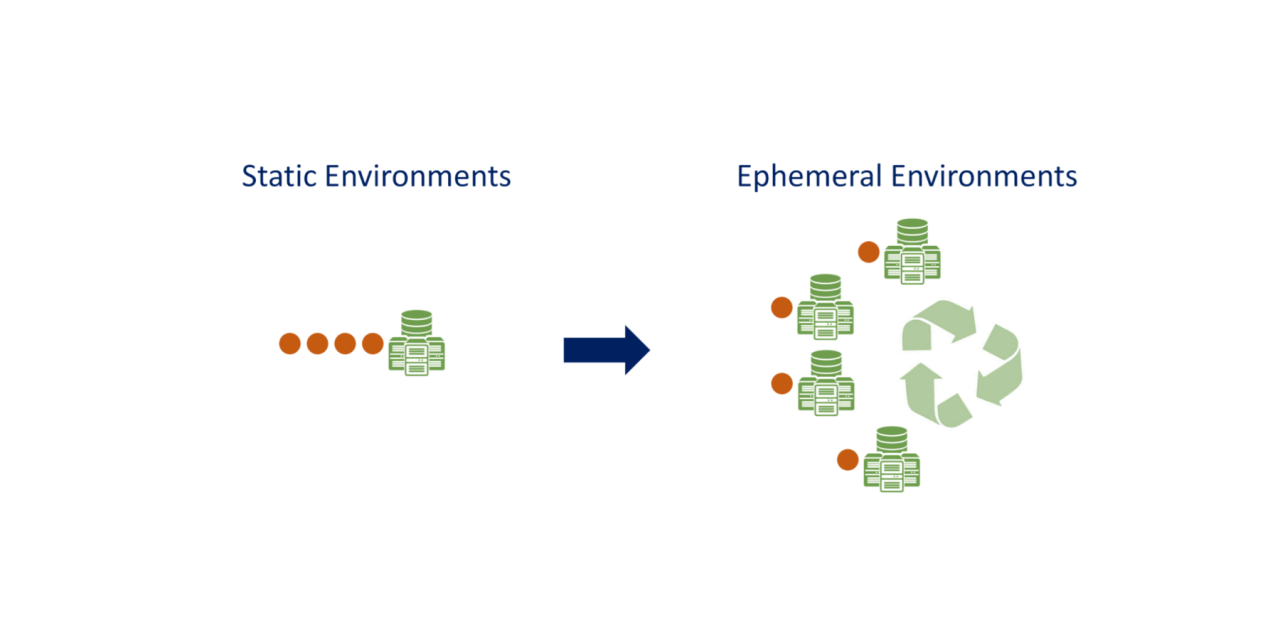By: Jim Azar, Sr. Vice President, CTO
When was the last time you heard a developer mention the word ‘Waterfall’? Unless it was about a recent holiday picture on Instagram, then chances are, the word has almost vanished from developer conversations.
It is easy to guess why. Agile software development approaches have replaced this word and mindset with new alternatives – scrums, sprints, fast roll-outs, DevOps, and of course, DevSecOps. These alternatives are exciting not just for the developers, but for enterprises too. The world has made a smooth switch from Waterfall models to Agile models of software delivery. That has enabled developers with simplicity and speed and has equipped enterprises with faster application deployment.
Now add security to this mix, and you get an even better scenario. With DevSecOps, the application roll-outs get faster, free of security flaws, and risks. Because security gets embedded in the agile development process itself, it becomes iterative, simultaneous, and incremental. Security does not function as an after-thought but as a constant factor during an application’s development. This aligns closely with the quintessential idea of agile models.
The benefits of agile practices for DevSecOps
DevSecOps practices are bringing a massive change in the way organizations are operating already. They arm these enterprises with:
- Quick application development
- Smooth roll-outs
- True agile development outcomes
- Quality-assured deployments
- Collaboration among all teams
- The big-picture mindset for a robust application
- Reduced security vulnerabilities and attacks
- Swift Incident-response to attacks
- Deeper compliance readiness
- Simplification of a developer’s life
- Savings on time that was earlier wasted on long-drawn testing phases
- Enhanced brand impact
- Great customer experiences
If you want to bring DevSecOps practices into your team, you’d need to embrace some essential DevSecOps practices built on agile development fundamentals.
- Inject a core spirit of collaboration amidst various departments. This should start from the initial stages of product development.
- Start building and deepening automation at every stage possible.
- Run automated security tests not just before production but throughout the development life cycle.
- Apply dynamic testing for a thorough analysis of potential real-life application issues instead of focusing on code-related bugs.
- Combine static analysis tools with OWASP (Open Web Application Security Project) analysis.
- Perform regular code-dependency checks.
- Run tests for open-source elements and third-party components.
- Do not test a long stretch at once – make the tests manageable and practical.
- The tools used should be adequate on all fronts – developer-ease, accuracy, speed, and verifiability.
- Perform threat modeling and assessments before going full scale on these approaches.
- Test inherent architecture and design of applications before rushing to new models.
- Stress on Continuous Integration frameworks.
- Build apt understanding and readiness for environments like cloud, containers, and microservices.
- Have a well-established DevOps culture.
- Get an early start on APIs and configuration tools.
- Embrace infrastructure configuration as code using deployment templates.
- Fill in gaps on expertise and tools necessary for DevSecOps.
- Fight resistance in adapting to DevSecOps strategies on all fronts – work culture, ecosystem, and customer trust.
Don’t ignore DevSecOps
The DevSecOps market had already touched $1.91 billion in 2020. It can reach $15.9 billion by 2027. That means a CAGR of 30.24 percent from 2020 to 2027. While it has become easier for hackers to hack data by leveraging the abysmal lack of security in coding or configurations, the use of DevSecOps helps to mitigate these risks proactively.
This practice also helps in strengthening compliance with security. This trend is strongly gaining developer and user attention. It would be impractical to ignore the new model, especially considering the many business outcomes it delivers. If you need to tap someone’s expertise and guidance on the best practices, look for some experienced and versatile partners to help you get there.
DevSecOps takes the agile spirit a step ahead. It embraces security early on. That’s how good applications run. That’s how smart businesses operate, too.



